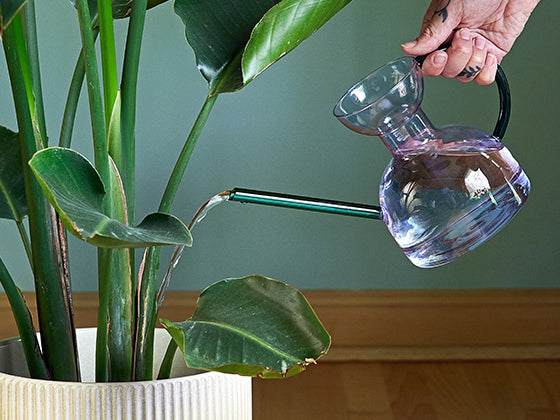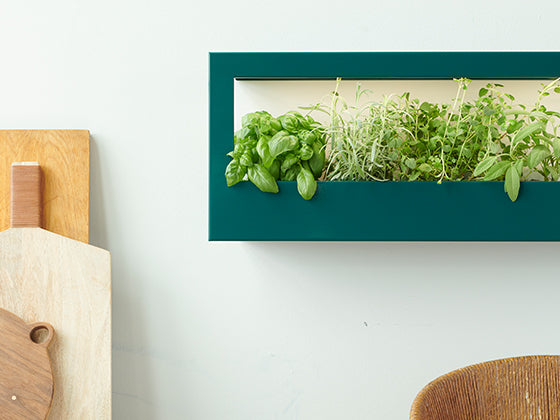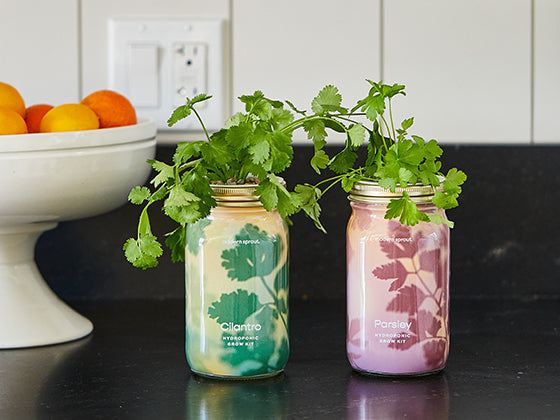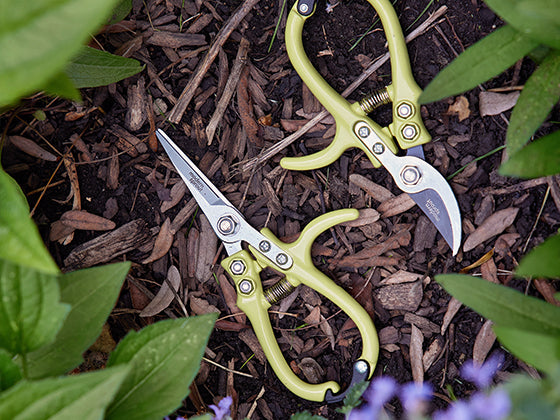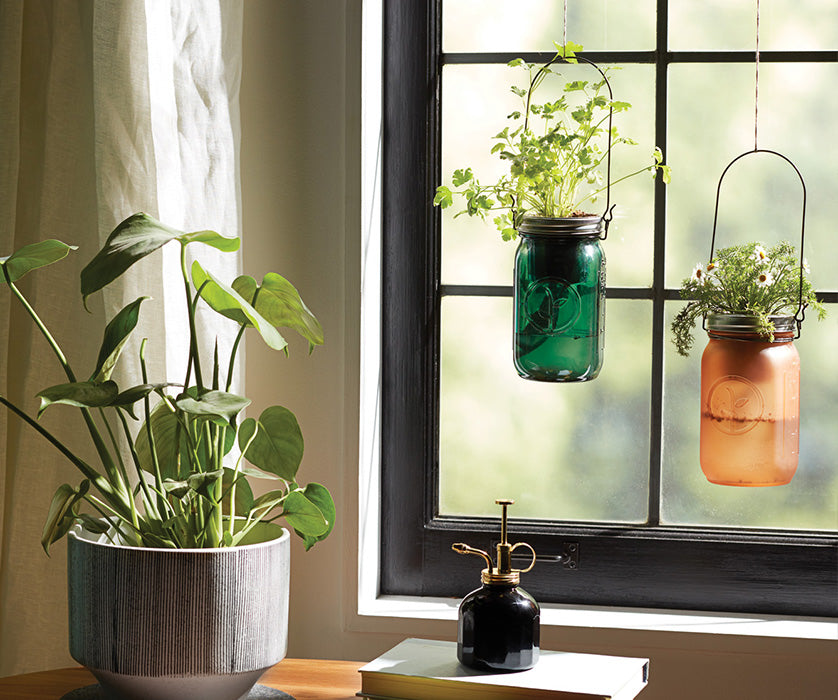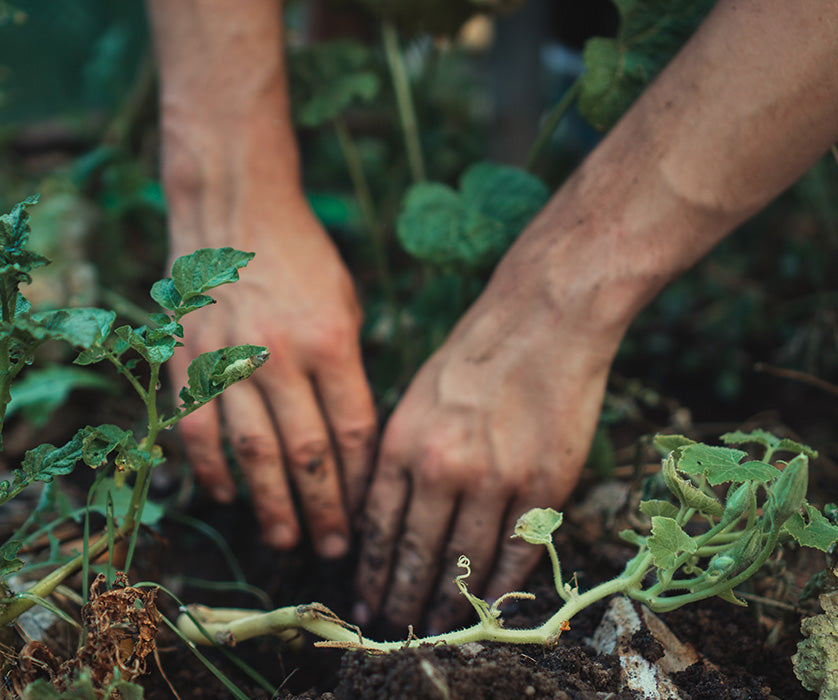What is propagating?
More or less, we’re making more of our existing plant collection by taking small sections or cuttings of one plant to grow an additional plant.
Granted you have plenty of green happening in your space, but what if you want to send on a gift? What if you want to spread all of the love you’ve grown? Propagation is oftentimes the answer to what can become an expensive (though highly rewarding) hobby.
Why do I want to do it?
You’re separating green grows around your home which can prolong the life of herbs, grow super strong new plants, and fill your space with gorgeous natural additions. You’re also encouraging growth in the original plant (which can also be called “the mother”).

What problems can it create?
In propagating plants, there’s a chance this is the wrong plant type to propagate. Always do your research before making the cut.
If your plant is overly submerged in the propagation vessel, it may get waterlogged and rot. We may see a slow growth period, patience and surveillance is the name of the propagation game!
What problems can it solve?
Your trailing plants may be getting too long. Shorten them up by making your cutting and giving time to establish a new root system. Replant, and keep growing.
Prolong the life of your herbs (like basil) by taking regular cuttings not only for use, but for propagation before the end of the mother’s lifetime.
Propagating can encourage new growth in your plant, or continued growth on an otherwise slowed section of your plant.
If I avoid propagating, what do I miss out on?
Fundamental experiences in prolonging the life of your plants—an essential skill for any gardener.
Designing a vessel from start to finish to play with depth and texture.
The peace of mind in knowing your “new” plant will flourish in your growing space as that’s where it has grown and adjusted to living for months on end, something that shop plants can’t claim.

What plants can I propagate?
Basil, and most other “woody” herb types. Philodendron varieties work great!
Most plants that sprout aerial roots (thicker or a different color than your main stems and wandering out in the air) will propagate under the right conditions.
The very trendy Monstera will propagate if harvested correctly. Cut just under an aerial root for the best results. **TIP** Let cut Monstera ends dry out a bit before submerging to avoid rotting.
How do I propagate?
1.) Prep your vessels for their new cuttings.
2.) Snip just beneath the intended node, always leaving at least one node behind on the original plant.
3.) Place into vessel
4.) Watch over and wait!

When I propagate, what do I need as far as…
Water?
Clean water is key when propagating. After clipping, your cut is essentially an open wound for your plant. Avoid wilting by keeping the water and vessel sanitary and algae free.
Watch for murky water or color changes. Propagation water should always be fresh and clear.
Nutrients?
Every plant can benefit from nutrients when given at the right time. Keep in mind that not all plant nutrients are created equal, and our plant has specific needs relative to its latin name, not just its common name. Try some of our organic nutrients. Try GROW for your green and leafy plants, and BLOOM for your edible propagations.
Vessel?
When propagating, we recommend upcycling old glassware. Though there are plenty of Instagram-worthy propagation kits out there. Ideally, these containers are clear to best keep an eye on overall water quality. Though not considered propagation, when working with pits (like Avocado pits) or bulb plants, suspending your grow over water in a frosted or colored glass will help prevent unwanted bacteria growth over this longer germination period.
Location?
Be mindful of your plant’s usual lighting needs. Ideally, you meet or slightly exceed its typical sunlight exposure. We want to allow for more natural sunlight exposure as developing a root system is an energy-intensive process. Feel free to supplement this light with some of our smart grow technology!

What are you waiting for? Get clipping!

